The automotive tariffs going into effect next months could add thousands, even tens of thousands, of dollars to the cost of new vehicles. But Pres. Donald Trump raised the threat that he might punish manufacturers who pass tariff costs on to consumers. More from Headlight.News.
During a call with top automotive CEOs, ahead of his announcement that new, 25% tariffs would be placed on imported autos and auto parts, Pres. Donald Trump warned them they should not pass those higher costs on to consumers, according to a report by the Wall Street Journal.
Trump said he would “look unfavorably on such a move,” the paper reported Friday, leaving the executives – including Ford CEO Jim Farley and his General Motors counterpart Mary Barra – worried about the conundrum they faced.
The new tariffs could add thousands of dollars to the cost of entry-level vehicles, and top $20,000 on some luxury products. Absorbing those sort of costs could put even a carmaker like GM, which last year delivered record profits, deep into the red.
A new tax
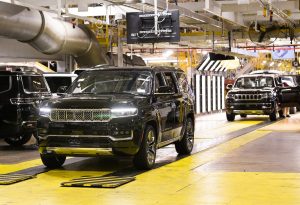
Even vehicles assembled in the U.S., like this Jeep Wagoneer built in Warren, Michigan, will face price hikes due to the use of imported parts.
Since taking office for the first time in January 2017, Trump has routinely claimed that the countries of origin would pay any new tariffs. In fact, such costs are borne by whoever imports such goods, whether semiconductor chips, French cheese or foreign-made cars. Duties are routinely passed on to consumers as part of the cost of doing business.
But there has been widespread concern that auto tariffs would create serious problems for the auto industry which is already facing pushback over prices now averaging more than $48,000 per vehicle, according to KelleyBlueBook. Even vehicles assembled in the U.S. are expected to feel the pinch since they all use at least some imported parts.
Anderson Economic Group recently estimated the average SUV will go up several thousand dollars in price, and some models will see price hikes many times higher. Headlight.News estimated that German luxury cars like the Mercedes-Benz S500, will see tariff-based increases of more than $20,000.
“Great” tariffs

Pres. Trump described his planned tariffs as “great” during his discussion with auto industry leaders.
During the call with auto industry leaders, Trump reportedly said the tariffs would be “great.”
This week Trump announced his tariff plan – which went far beyond the original expectation that it would be limited to Canada and Mexico. It now covers products from all sources, including Europe, Japan, China and other parts of Asia.
During a White House event, the president said, “You’re going to see prices going down, but going to go down specifically because they’re going to buy what we’re doing, incentivizing companies to—and even countries—companies to come into America,” he said at the event.
More Tariff News
- Fading Consumer Confidence , Aggravated by Trump Tariffs, Threaten to Hurt Auto Sales
- Trump Tariffs Expected to Raise Prices, Hurt Auto Sales
- Who Could be in Line to Replace Tesla CEO Musk?
Tariffs will add billions in costs
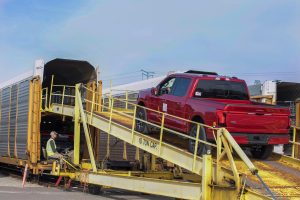
The typical new vehicle now costs more than $48,000 by the time a customer drives off the dealer lot. That could soon go up by thousands.
While a few auto and parts manufacturers have signaled plans to expand U.S. production, analysts like Stephanie Brinley, of S&P Global Mobility, say there will be no short-term solution. Hyundai, for one, has been working since 2019 on plans to add a new steel plant in Louisiana – meant to supply its U.S. auto assembly lines – and it is still years away from going into production. Even transferring production of basic auto parts and components can drag out over several years, industry planners have warned this week.
So, for the foreseeable future, automakers will face higher costs, no matter where they build their vehicles. The only way to avoid setting new records on pricing would be for a manufacturer to absorb the tariffs. But for a company selling just 1 million vehicles a year in the U.S. that could translate into a billion-dollar hit. GM sold 2.7 million cars, trucks and crossovers in this country in 2024.
Suppliers will also face higher costs due to tariffs. But “Tariffs, at any level, cannot be offset or absorbed,” Ray Scott, chief executive of parts supplier Lear wrote in an email Tuesday to employees that was viewed and published by The Wall Street Journal. “A holistic, industrywide approach will be necessary to mitigate the impact.”
Pump tries the bully pulpit
Trump used his meeting with auto industry leaders to try to gain their support for new tariffs. As he has done in a number of instances since taking office, he used a mix of carrot and stick to win them over, though, based on the WSJ report, he made it clear that going against his plan could be costly.
The leaders, Trump said, according to the paper, “should be grateful for his elimination of what he called former President Joe Biden’s electric-vehicle mandate, which involved subsidies and emissions requirements to encourage electric-car production. He made a lengthy pitch for how they would actually benefit from tariffs, two people on the call said, adding that he was bringing manufacturing back to the U.S. and was better for their industry than previous presidents.”
But the president apparently also made it clear manufacturers could faith his wrath if they didn’t go along.
A rough road ahead
This could be a very rough year for the auto industry which was already facing higher costs from tariffs announced by Trump last month on imported steel and aluminum. And, if anything, that is not paying off in new jobs for U.S. metal producers.
Cleveland Cliffs, a major steel supplier, said earlier this week it would lay off 600 employees at a plant in Dearborn, Michigan, citing “the current reality of weak automotive production in the U.S.”
Industry planners and analysts warn that higher, tariff-driven prices are all but certain to translate into lower industry sales and earnings – with the result being reduced production and more lost jobs – at least in the near to mid-term.
Automakers appear to be caught in the middle, facing a hit to their bottom line whatever they do. If they do absorb tariff hikes, one executive told the WSJ on background, “The math would tell you, that’s going to cost us multibillions of dollars,” the executive said. “So who pays for that?”

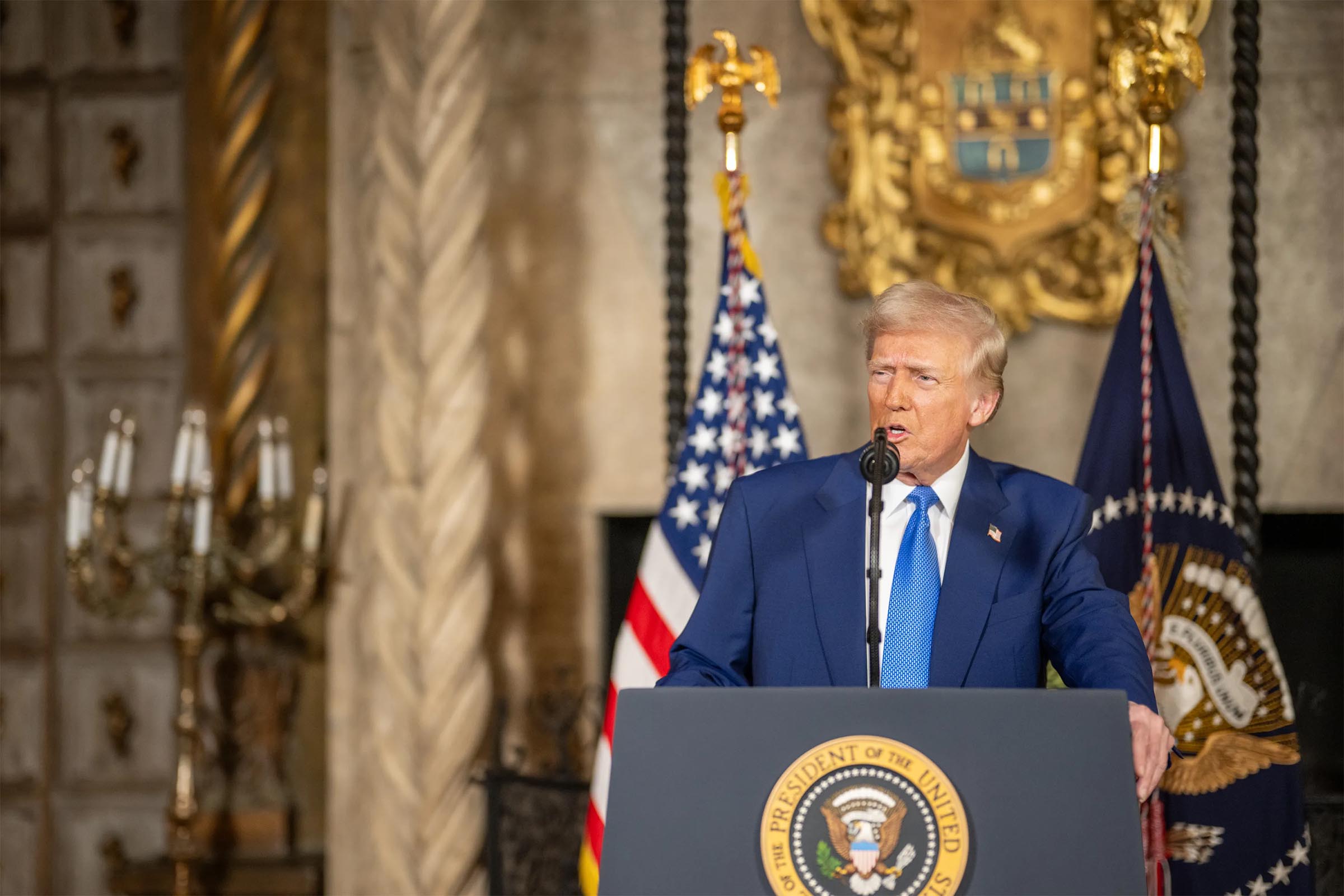
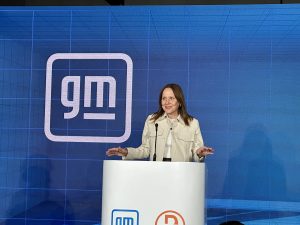
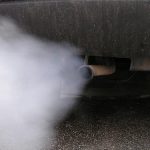
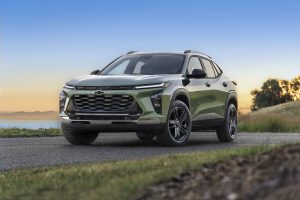

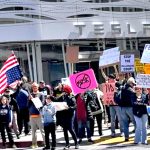

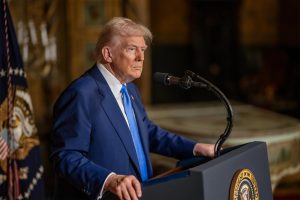

I don’t understand Trump (WOW!!). I thought the intention of the tariff was to increase price so the non-tariffed parts would be more affordable and drive out the tariffed stuff.
Give him a day, he’ll clarify all. I may have to call him.